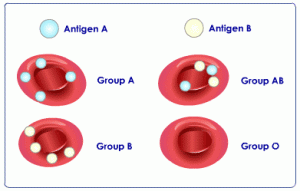
From Christopher Wanjek in the Washington Post:
At the core of this research is the understanding that the modern human brain consumes 20 percent of the body’s energy at rest, twice that of other primates. Meat and cooked foods were needed to provide the necessary calorie boost to feed a growing brain.
One study, published last month in the Proceedings of the National Academy of Sciences, examined the brain size of several primates. For the most part, larger bodies have larger brains across species. Yet humans have exceptionally large, neuron-rich brains for our body size, while gorillas — three times as massive as humans — have smaller brains with one-third the neurons. Why?
The answer, it seems, is the gorillas’ raw, vegan diet (devoid of animal protein), which requires hours upon hours of eating to provide enough calories to support their mass.
Researchers from Brazil, led by Suzana Herculano-Houzel, a neuroscientist at the Federal University of Rio de Janeiro, calculated that adding neurons to the primate brain comes at a fixed cost of approximately six calories per billion neurons.
For gorillas to evolve a humanlike brain, they would need an additional 733 calories a day, which would require two more hours of feeding, the authors wrote. A gorilla already spends as much as 80 percent of the tropics’ 12 hours of daylight eating.
Tell your vegetarian friends to chew on that.

